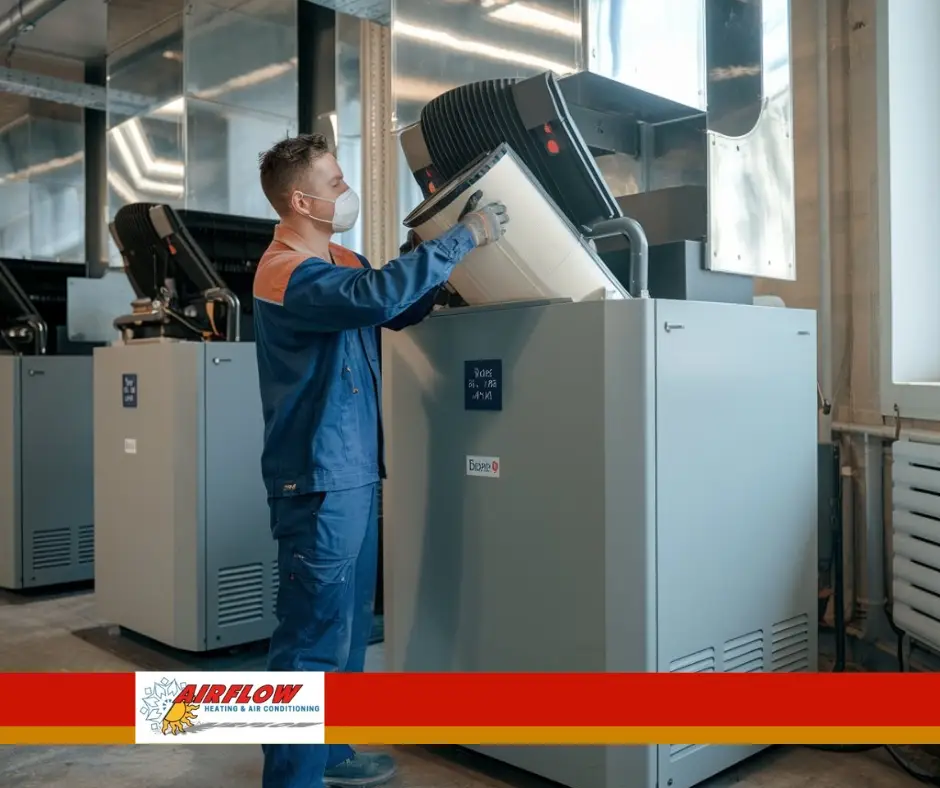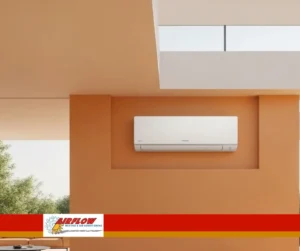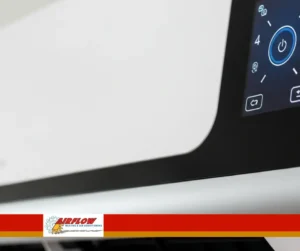Understanding Your Space and Needs
The first step in custom air purifier installation is to thoroughly assess the specific needs of your indoor environment. This includes considering the size of the area, the typical air quality issues encountered, and the primary sources of air pollution, whether they be outdoor allergens, indoor chemicals, or particulates. A detailed evaluation helps in designing a system that addresses these specific concerns effectively, ensuring that the air quality systems are not just installed, but are tailored to filter out the most problematic pollutants in your specific setting.
Selecting the Right Technology
Once the needs are identified, the next step is to choose the appropriate air purification technology. Options range from HEPA filters, which are excellent at capturing fine particulates, to activated carbon filters that are better suited for removing gases and odors. For some spaces, a combination of several technologies might be necessary to tackle a range of contaminants. The choice of technology influences not only the effectiveness of the air purification process but also impacts ongoing maintenance and operational efficiency.
Installation and Optimization
The final step involves the actual installation and fine-tuning of the air purifier system. It’s crucial to position the unit in a manner that maximizes air flow and filtration. Additionally, installing sensors to monitor air quality systems and adjusting the settings for optimal performance can greatly enhance the system’s efficiency. Regular maintenance schedules should also be established to ensure the air purifiers continue to perform at their best, keeping indoor air clean and healthy over time.
Read More:
Top Things to Consider When Opting for Custom Air Purifier Installation in Air Quality Systems
Why Custom Air Purifier Installation is the Key to Superior Air Quality Systems





